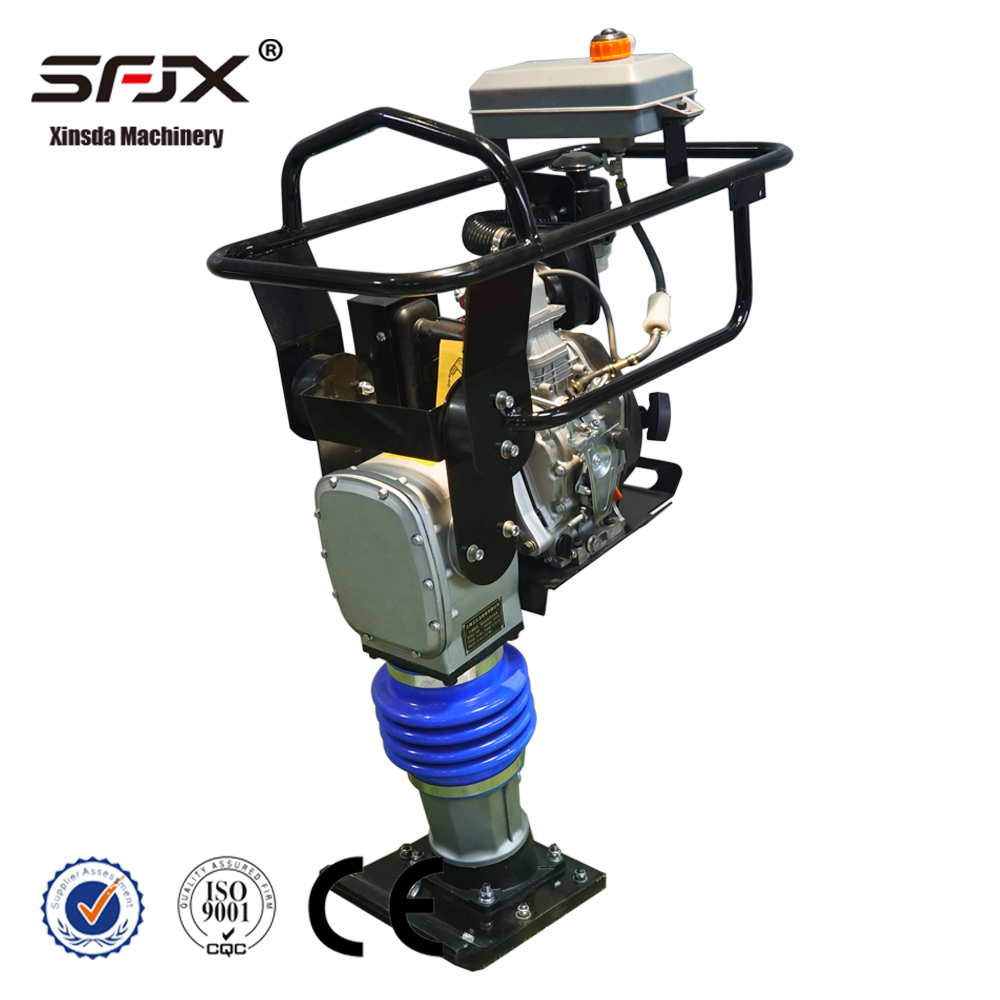Introduction
Tamping rammers are essential for compacting soil, gravel, and asphalt in construction and landscaping. But when choosing between gasoline-powered and electric tamping rammers, many buyers struggle to decide. Which one offers better performance? Is an electric model more cost-effective? Let’s break down the key differences to help you pick the right compactor for your needs.
Gasoline vs. Electric Tamping Rammers: Key Differences
1. Power & Performance
| Feature | Gasoline Rammer | Electric Rammer |
|---|---|---|
| Impact Force | Higher | Moderate |
| Best For | Heavy-duty compaction | Light to medium tasks |
| Runtime | Unlimited | Limited by power source |
Key Insight: Gasoline rammers deliver stronger impacts, making them ideal for dense soils or large projects. Electric models are quieter and eco-friendly but may lack power for tough jobs.
2. Cost & Maintenance
Gasoline Rammer: Higher upfront cost + fuel expenses. Requires regular oil changes and spark plug checks.
Electric Rammer: Lower long-term costs (no fuel). Minimal maintenance (no engine parts).
Did You Know? Over 5 years, an electric rammer can save $500+ in fuel costs!
3. Noise & Emissions
Gasoline rammers are louder (100+ dB) and emit fumes, restricting use in urban areas. Electric models (<75 dB) are ideal for noise-sensitive sites like hospitals or schools.
Which One Should You Buy?
Ask yourself:
Is portability a priority? → Electric (no fuel, lighter).
Do you need maximum power? → Gasoline.
Working indoors/near people? → Electric (quieter, zero emissions).
Conclusion
Both gasoline and electric tamping rammers have pros and cons. For heavy-duty contractors, gasoline models are unbeatable. For eco-conscious users or small projects, electric rammers save money and hassle. Match your choice to your project needs!
Need Help Choosing? Comment below with your project details—we’ll recommend the best rammer for you!
https://www.sfjxgroup.com/
Henan Xingshengda

